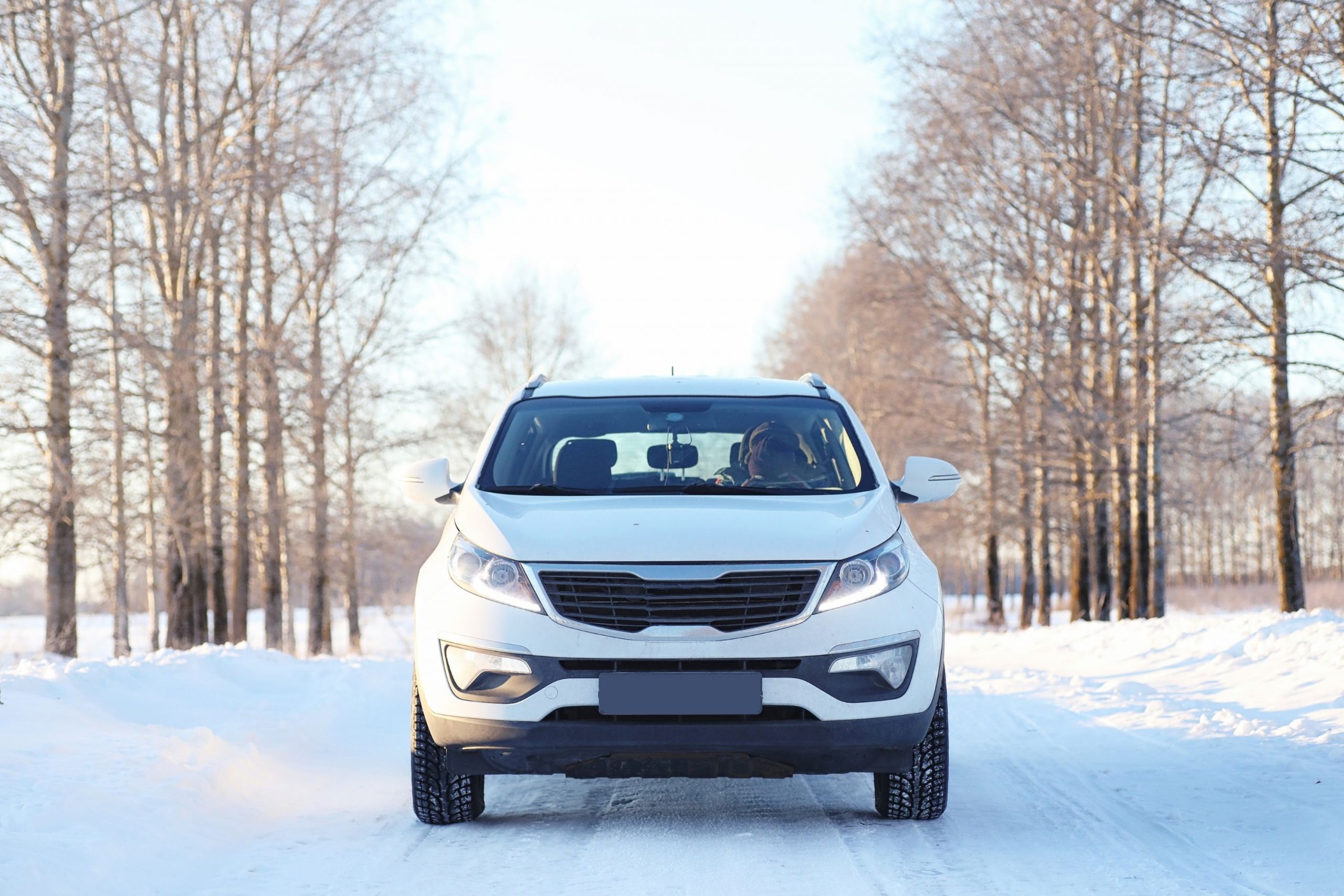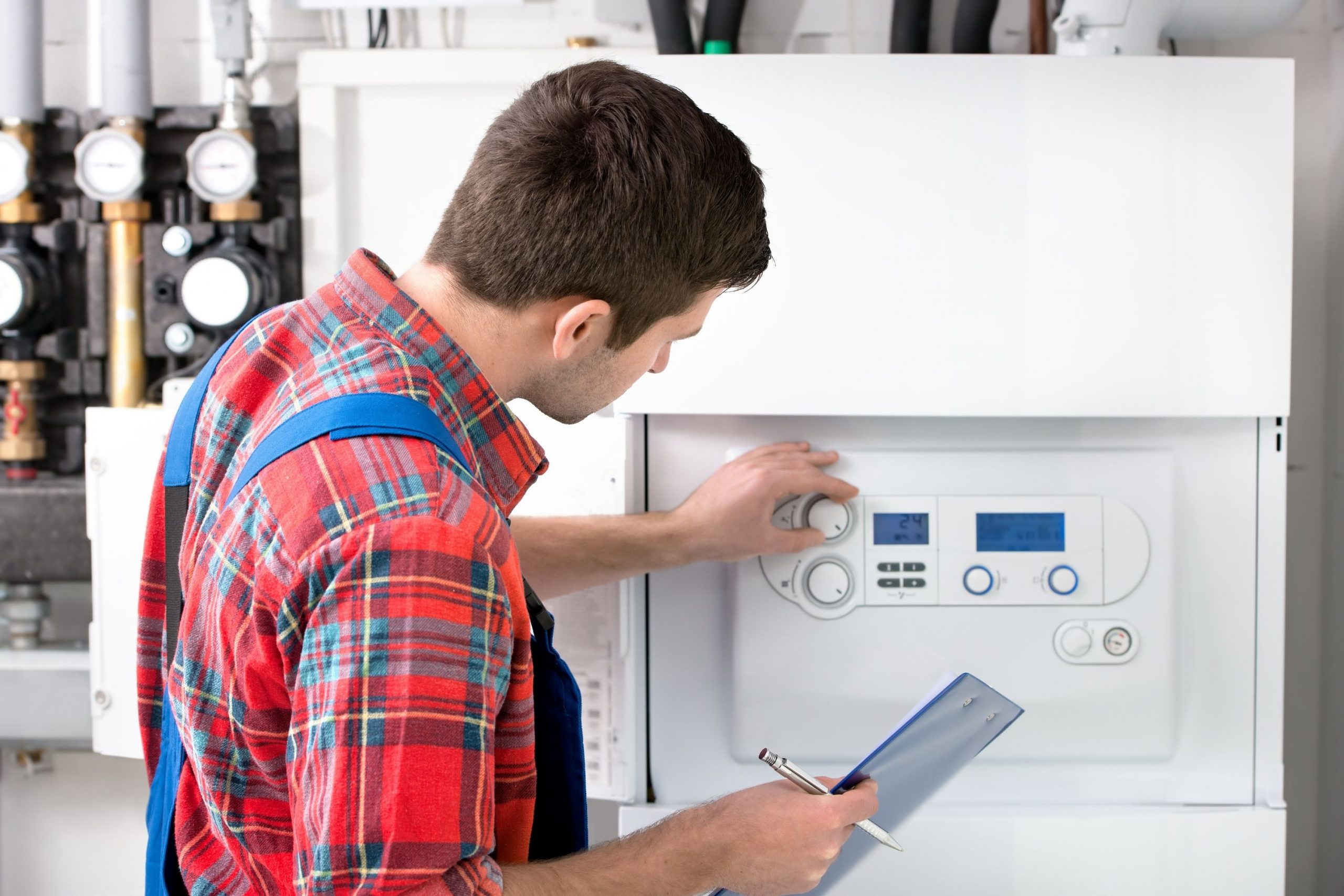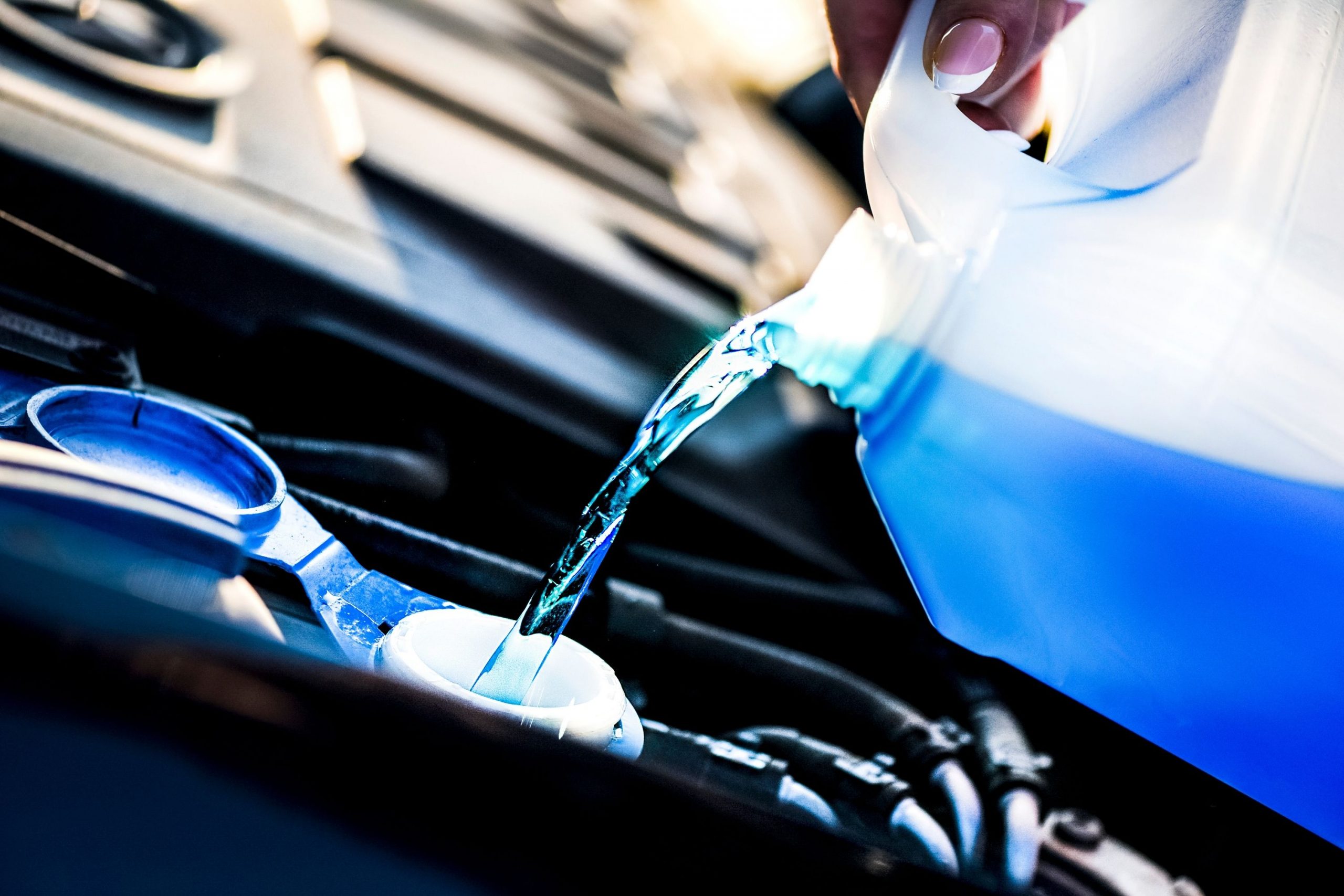If you have a car, then you know for sure how pleasant it is to get into a warm vehicle in the morning when it is chilly or simply freezing cold outside! This becomes especially relevant for those who have little children or live in areas with extremely cold winters, such as Alaska.
But even if you live in a place with a less harsh climate, it will be useful for you to learn how to keep the warm inside the car..
First of all, extreme colds may arrive unexpectedly even in your area. And second, who knows, maybe one day you decide to make a car trip to a really cold place?!
Anyway, read this article to learn what you can do in order to keep your car’s insides warm so that you can enjoy pleasant warmth in the morning when driving to work or taking your kids to school.
Understanding the Basics of Heat and Insulation in Cars
In the depths of winter weather, it’s essential to know how to keep the car warm, especially if you find yourself facing an unexpected winter storm while on the road.
Not only is a warm car more comfortable, but cold temperatures can also have detrimental effects on your vehicle’s performance. The key to staying warm and ensuring your vehicle functions properly is understanding the mechanics and some clever hacks.
The Engine’s Role
One common question is: how long should you warm up your car before driving in cold weather? Modern vehicles, especially those built in the last decade, usually only require a few minutes to warm up.
Leaving your car engine running for too long without driving can waste fuel. Ideally, you’d want to run your engine for about 10 minutes at a time to ensure it’s safe to drive and the engine oil has adequately circulated.
Parking your car in a garage or sheltered area can also prevent the cold engine from being exposed to the harshest elements.
Ways to Keep Your Car Warm in Winter Overnight?
If you thought that you could keep your car warm overnight by simply leaving it in a warm garage, you have to disappoint you: this is definitely not enough!
Keeping a vehicle warm during the cold night requires the use of extra tools, such as engine block heat. As an option, an electric blanket placed over the engine may help as well.
And here are a few more options that can be used if you need to find the way how to keep an engine block warm in cold weather
- Park your vehicle near a wall or inside a carport or garage. Anything that blocks the wind helps to keep the warm.
Place a blanket on the engine beneath the hood. An electric blanket is ideal, but any blanket will work.
Cover your vehicle with a full-sized car cover.
Plug the radiator into an outlet.
Nevertheless, these are not all the possible options you can make use of, so we suggest you get familiar with all of them in detail. Like this, you will know exactly how your car can be kept warm even when it’s freezing cold outside.
With that in mind, you will make sure that the vehicle will be usable in the morning and it will not suffer from the low temperatures.
So how to keep your car warm in the winter when the car is not running? Grab these most common methods we have found for you!
Of course, you may not have to make use of all of them. However, in some cases, they will be all necessary to make sure your car will start in the cold.

Use Engine Block Heater
Want to know how to keep a car warm overnight in winter?
It is used for ensuring that the car’s engine, as well as the fluids within it are warm enough before you start the car. And indeed, when it is way too cold outside, you will want to be sure that you have something like an engine block at your disposal to keep the fluid components of the engine warm!
What Type Of Engine Block Heater to Use?
Engine block heaters come in various types, and some cars even come with the heater from the factory already! However, even if your vehicle does not have an engine block heater, it is pretty easy to install.
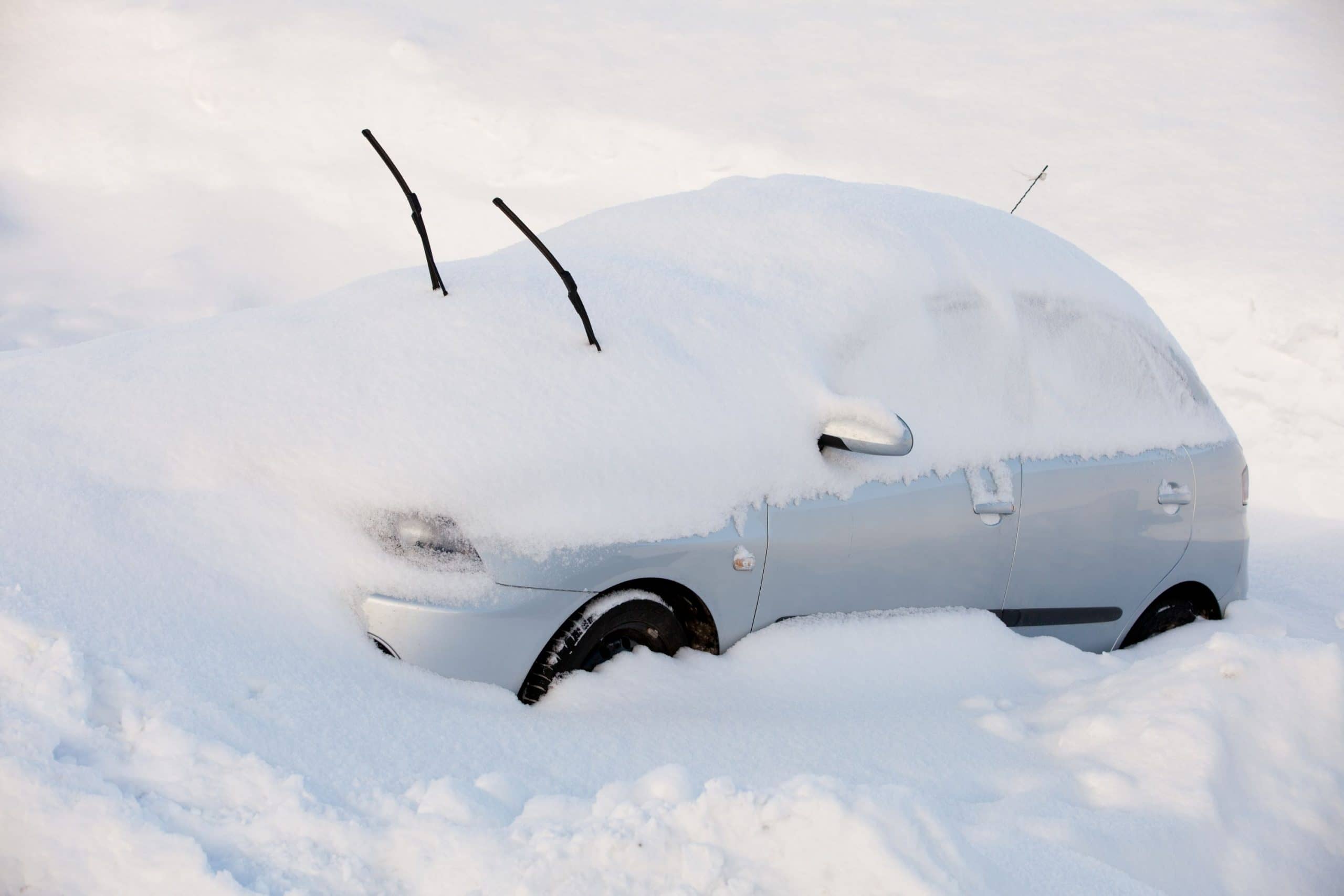
The basic types of engine block heaters are designed to make sure that your engine oil, as well as other engine fluids are warm enough for the car to start when it is very cold.
- Frost Plug Heater replaces the existing frost plug and heats the coolant directly. This one must be installed professionally only!
- Engine Warming Blanket is literally a blanket that is placed over the engine. It radiates heat into the engine under the hood when plugged in.
- Oil Pan Heater is a type of heater designed for the oil pan that heats the oil itself. This one might be attached by magnets or inside the oil pan. Again, for installing it, you will need a professional’s help!
These are all the best options that car owners usually make use of to keep their cars warm so that they can be started easily when needed.

Dipstick Heater
Dipstick is a unique but very effective type of heater that is installed in the engine oil dipstick (that’s where its name comes from). It heats the oil directly, and unlike several other types , this one is pretty simple to install.
This is why a dipstick heater is an ideal option for those who want to install it themselves.
However, you need to be aware of one important nuance about this type of engine heater. You see, it may not be suitable for some car models.
This is why it is always necessary to do research prior to buying it in order to know for sure it will fit your car.
You can do it yourself or ask a mechanic that maintains your car to do that for you.

In-Line Heater
In-line heater is basically a sort of a pump that makes coolant circulate through the engine. It must be installed professionally, so don’t make attempts to do it yourself unless you are a mechanic!
On the other hand, this type of heater is one of the most effective ones for the warming needs of your engine.
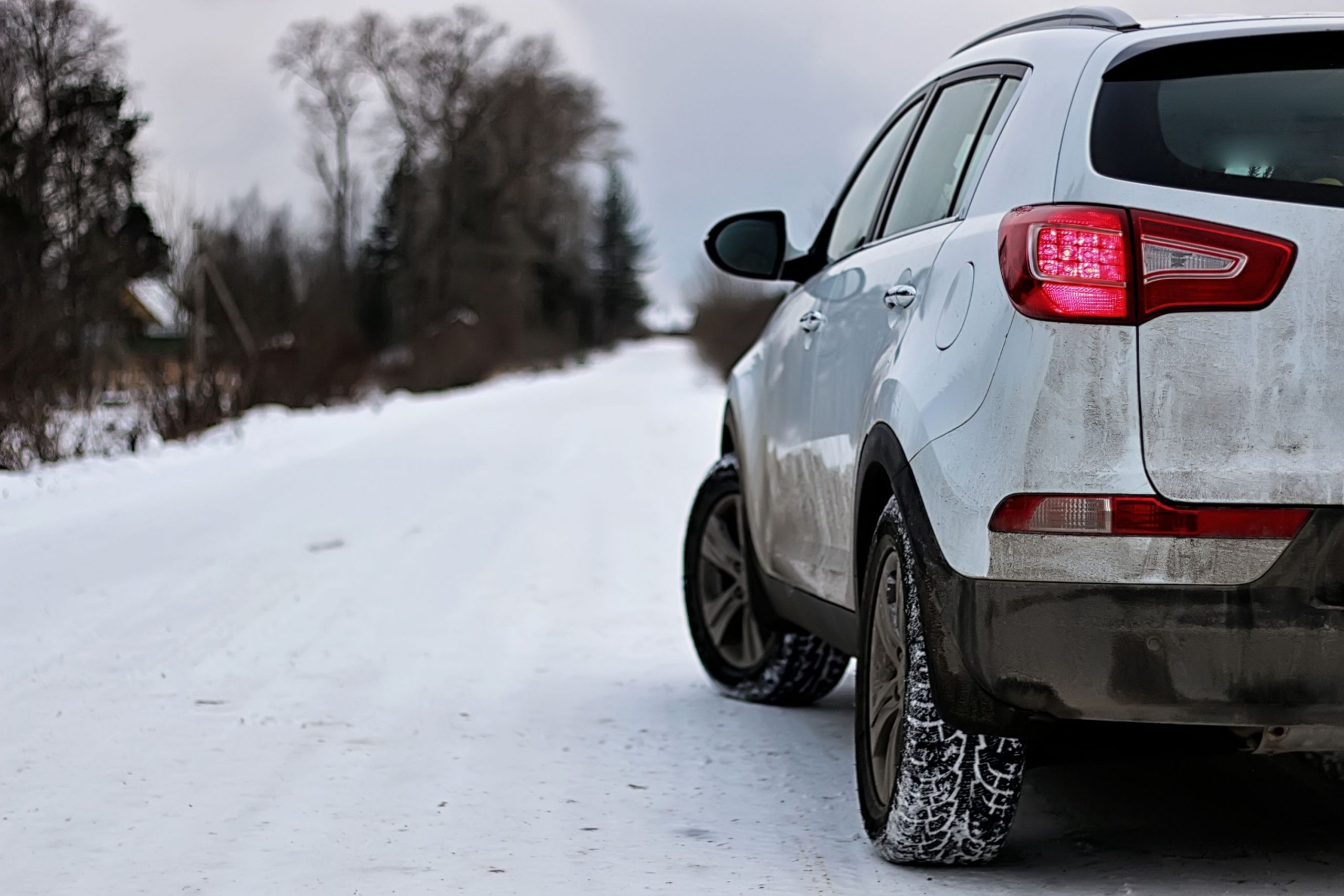
Bolt-On Heater
Bolt-on heater is an ideal option for those who can not make use of the solutions that alter the engine directly. Bolt-on heater is attached to the block directly which enables it to heat the coolant directly.
However, you will most likely need professional help when installing this one since it has an electrical cord that makes it work when the vehicle is parked.

Keep It Running Using a Remote Start
Well, we need to admit at once that this is definitely not the best and the most brilliant way of keeping your car’s engine and insides warm overnight! This can rather be called a common emergency solution that is used when we need to make sure the car will start in the morning.
This is indeed a wasteful way of taking care of the car’s engine and keeping it warm until the morning, but it does take care of your needs in just a pinch!
Also, please note the following nuance about this method: this option will only work if you have enough gas to idle the car for a few hours.

Park In a Heated Garage
This option may not be available and possible for everyone, but it is indeed the most obvious way of keeping your car warm and ensuring it will start in the morning.
Now you can choose the best method that suits you, and feel free to combine several of them, for instance, keep your car in a heated garage using the engine heater at the same time!

Efficient Heating and Insulation Techniques
Starting a cold car on a frosty morning can be a daunting task. Often, running the engine for a short while is enough to warm up the interiors and make the drive comfortable.
However, it’s essential to ensure that you prevent the engine from unnecessary strain by pre-warming it appropriately. Insulation is vital in this process; using sunshades or thermal blankets can help retain heat and stop the heat from escaping from the interiors.
If your car doesn’t come with built-in seat warmers, consider investing in portable ones that you can use to heat the seats. These devices can make a significant difference, especially if you need to heat the car quickly on particularly chilly days.
Using Additional Methods to Insulate the Car
There are multiple ways to stay warm in your car during those frosty nights. For those times when you might find you’re sleeping in your car, body heat becomes crucial.
Always have blankets or sleeping bags to keep your body warm and to retain the much heat as possible, preventing it from escaping and maintaining a cozy environment.
Devices like car warmers or products like “overnight with temperature master” can also help keep the car’s interior warm.
At What Temperature is it Too Cold to Start Your Car?
This question is often asked by those who are not very knowledgeable in cars or who have never experienced any troubles with their vehicle in winter.
So indeed, is there a specific temperature below zero after which you might have problems with starting your car in the morning?
Especially if it spent the whole night outdoors.
Of course, everything depends on a car and on the climate of the area you live in. But in general, car experts say that even at negative 30 degrees, your car’s engine will start having problems.
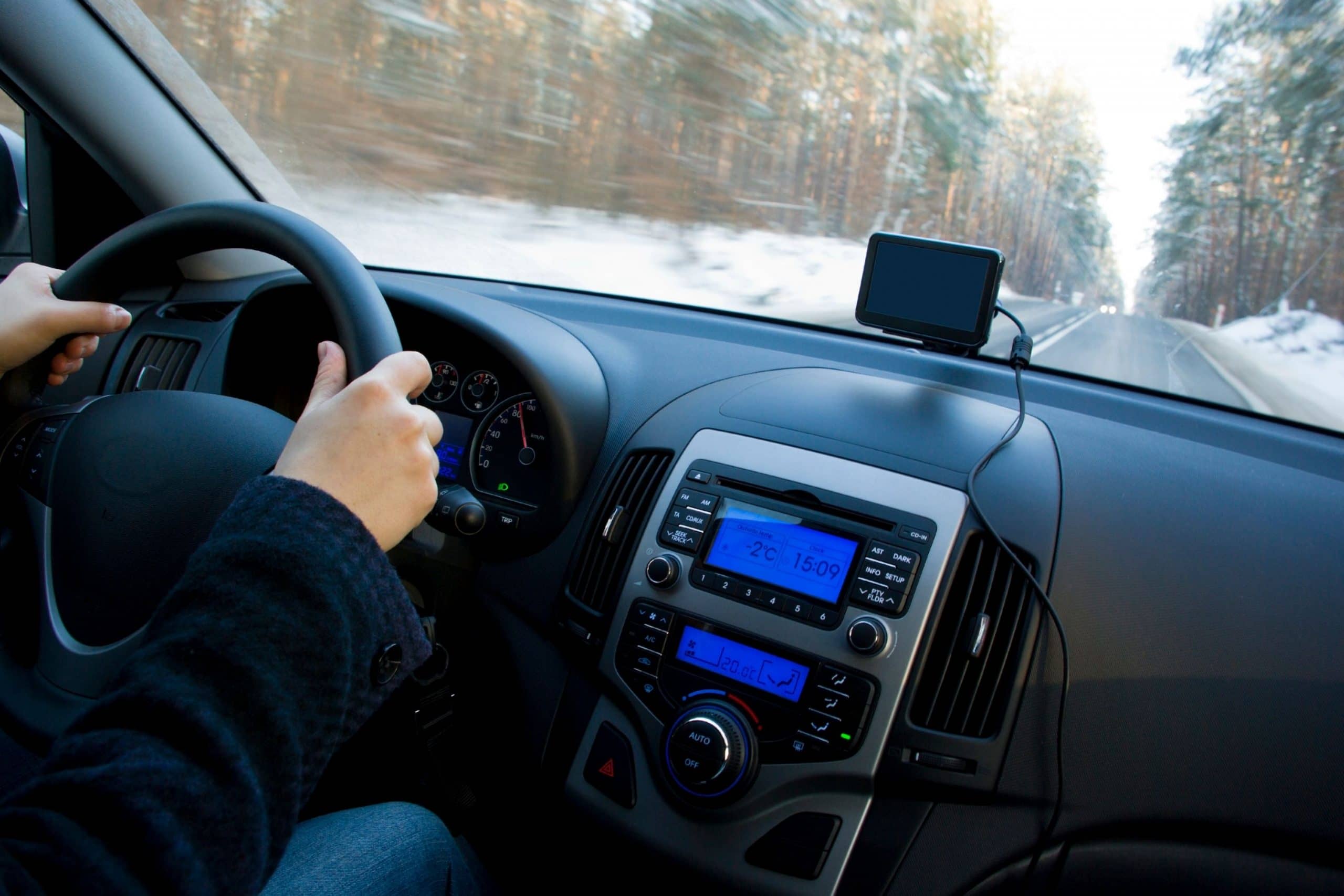
How Long Should You Warm Up Before Driving?
Since your car’s engine needs to be warmed before you drive, a reasonable question may arise: how much time does the engine need for getting warm enough?
This is the important issue since the engine of your vehicle must be warm enough for the oil that it uses as a lubricant to flow to all the parts of it.
Normally, the average temperature that is considered optimal for the engines to be run at is no lower than forty degrees.
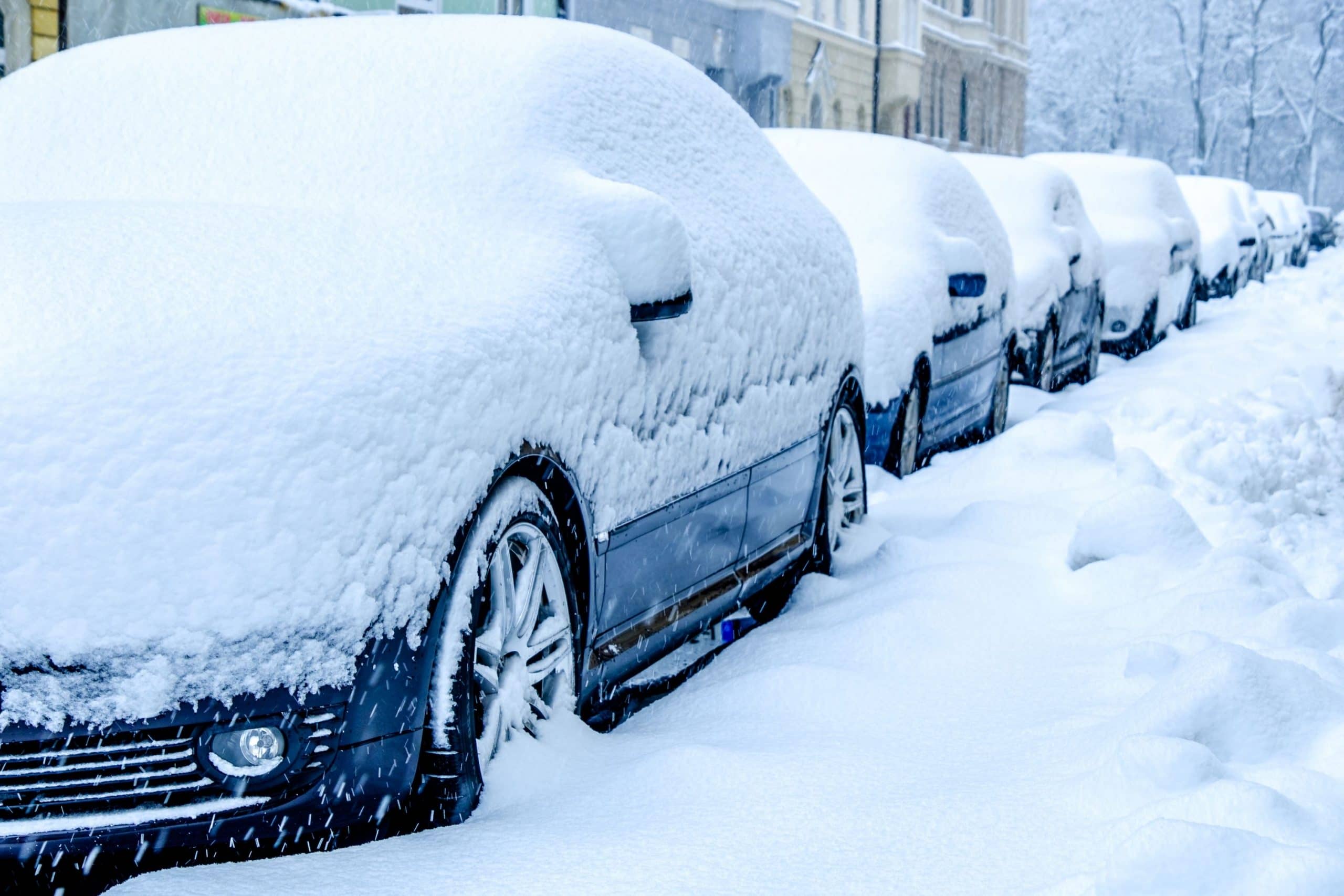
Of course, if the engine is not warm enough, the oil and other liquids in it will solidify which may lead to serious damages once you try to start the car! In addition, if the engine is too cold, it will be hardened. It means that it will take even more battery power to start.
Moreover, the cold will bring down the amount of current energy that your battery is able to generate. In its turn, this can compound problems as well.
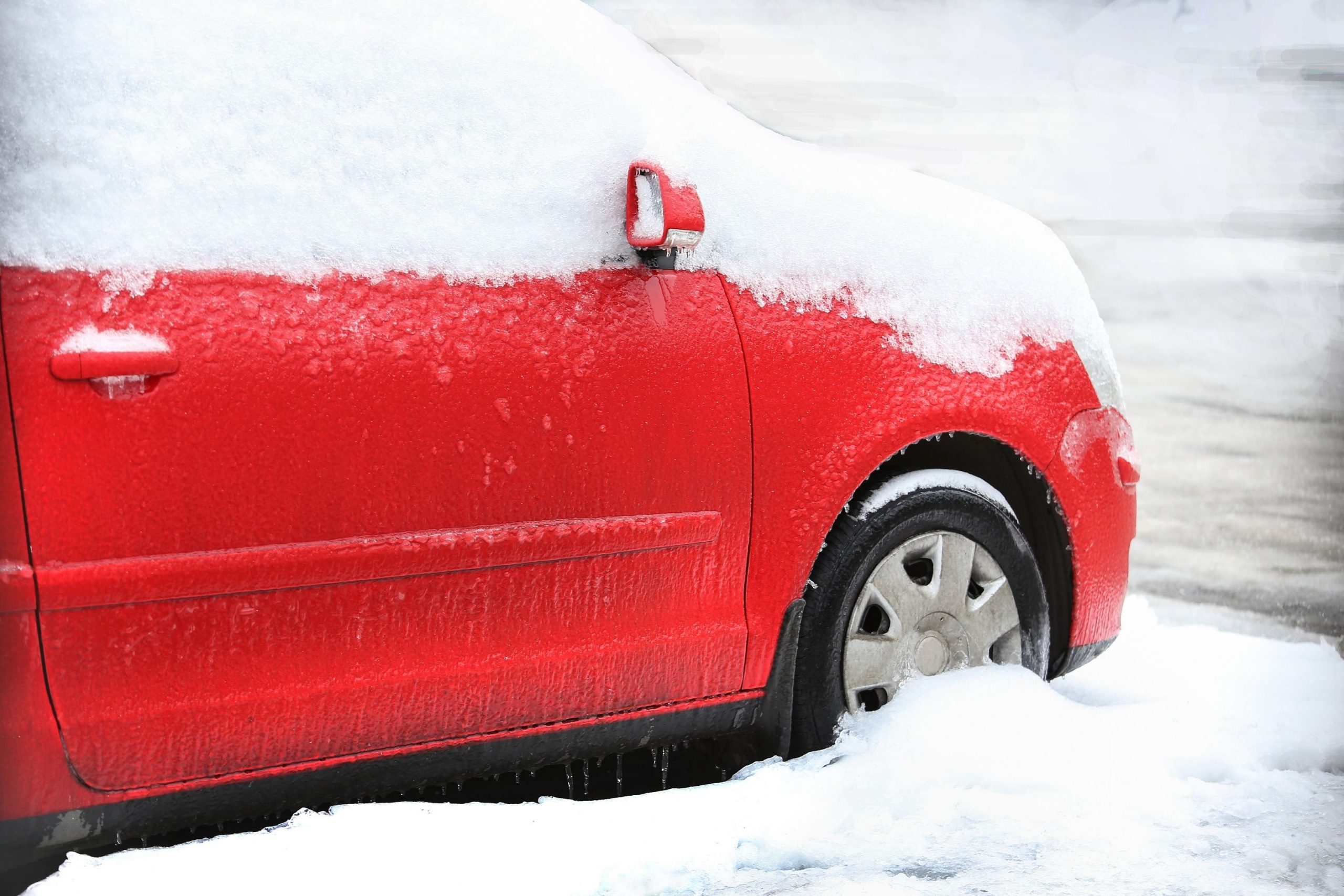
What to Do If Your Car’s Engine Is Frozen And It Won’t Start?
All right, we have shared a few easy to use tips with you on how to keep your car warm overnight in winter so that you can start it in the morning with no effort.
But what if it already happened that the engine of your vehicle got frozen and it won’t start no matter what you do to it?
This can happen to any of us and of course, the very first reaction will be panic.

However, to be able to cope with that, you’d better to calm down and make use of one of the following recommendations we offer to you:
- Jump the car’s battery. The manual of your car must have instructions on how to do it, and we recommend you read them very carefully since if you do anything wrong, the battery can explode!
- Also, it will be better if you leave your car running for at least twenty minutes after you jump-started it. It will let your battery recharge, otherwise, you will face the whole problem once again when trying to restart it.
- Bring your car to the auto shop to find the source of the problem.
- Hold the key in the ignition for ten seconds to let the engine warm up.
- To start your car when it is freezing cold outside, start with switching off any accessories, such as lights, radio, or heater. Then start the engine.
These simple tricks may help, but if they don’t, then your car must be examined in order to find the flaw and fix it.
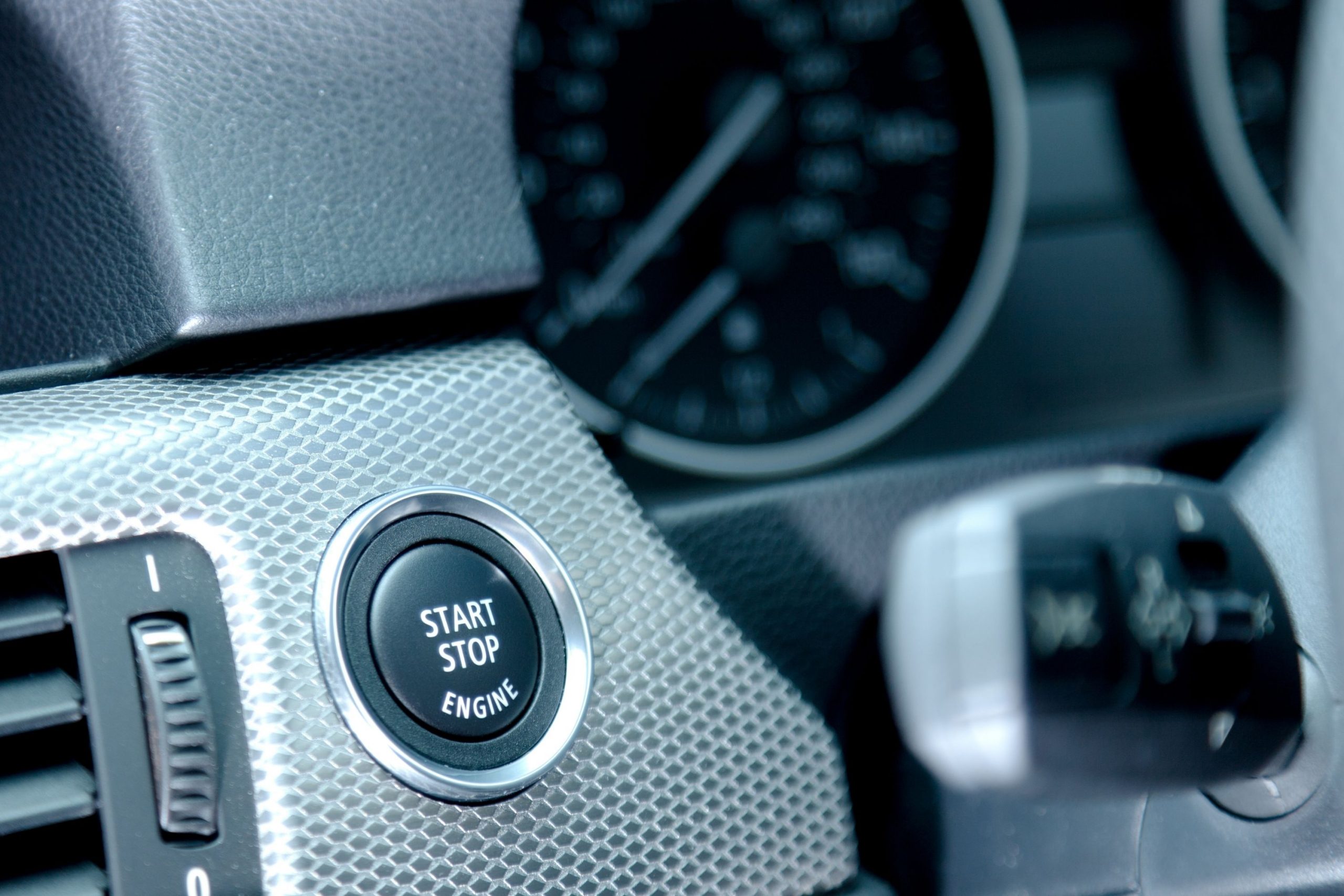
Additional Tips to Keep Warm Using Warm Clothing and Electric Blankets
While it’s essential to keep your engine warm, don’t forget about other components. Keep the battery warm and check it regularly during winter. Starting a car with a cold battery can be challenging.
If you get your car ready the night before, such as covering it with a tarp or using shades, you can prevent frost and make it warm up before driving faster the next morning.
It’s a myth that you need to run the engine for long durations. Modern vehicles are designed to stay warmer and become efficient faster, ensuring car heating is effective.
It’s worth noting that while it might be tempting to keep the engine running and use the car’s heating system to stay warm in your car, it’s not always the safest option, especially if you’re sleeping.
Ensure you have adequate ventilation and are aware of the risks associated with keeping the engine running for extended periods.
Why You Shouldn’t Always Rely on Your Car’s Heater to Keep It Warm?
Every car owner knows that in winter, when you need to drive anywhere, you should warm up your vehicle a bit to “unfreeze” the engine that got cold during the night.
And even those who don’t have very severe winters in their areas, still tend to warm up their cars’ engines before setting off for work in the morning. But is it so necessary to do this in fact?
You might be very surprised, but it’s not! See, when you let your car sit to warm up, it actually puts extra fuel into the combustion chamber. In its turn, that fuel can get onto your cylinder walls.
And since gasoline is an excellent solvent, too much of it on your cylinder walls can dissolve the oil that lubricates the cylinders! As a result, it will lead to shorter life on crucial components of the car’s engine!
This is actually why some car owners suggest you should keep your vehicle in a warm garage instead and cover it.
Like that, the car will remain warm and you will not have to warm up the engine every morning thus shortening the lifespan of the engine.
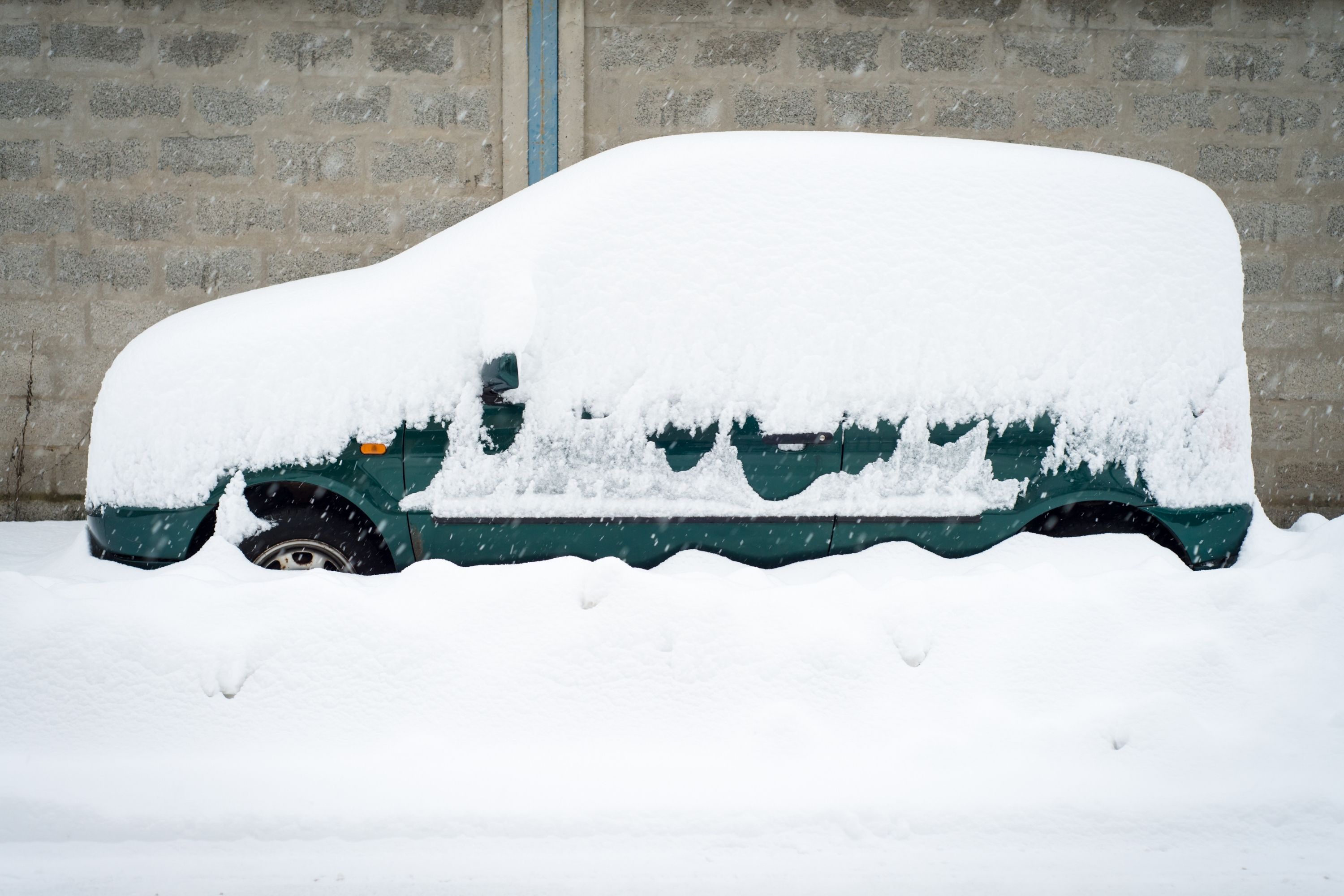
How Long Should I Let My Engine Warm Up?
This is another question that bothers many car owners.
In winter, how much time is usually enough for the car’s engine to warm up?
And since we have already figured out that repeated warming up ruins the engine, you might want to complete the procedure as fast as possible in order to cause the minimal damage to the vehicle.
As for that, the ideal required amount of time you should spend on warming your car up is thirty seconds.
Of course, it does not mean that you must stand beside your car with a stopwatch counting seconds while the engine is getting warmed up! But at least you can approximately calculate how long it takes to be able to stop it when it’s enough.
Like that, if you don’t overrun the engine for warming the car, you will reduce the potential damage significantly, and your vehicle will serve you longer.

How to Keep Yourself Warm In a Car Overnight?
Being aware of what to do to keep your vehicle warm overnight so that you can start it in the morning is a good thing, of course.
But what if you have to spend a night in a car when it is winter outside?!
Life is an unpredictable thing, and sleeping in a car in winter is not something that will never ever happen to you.
Credits: burakkarademir, via Canva.com
So just in case, make sure you know how to act to keep yourself warm if you know you will have to sleep in your car.
- Clear the tailpipe. This is vitally important thing to do in order to prevent poisoning yourself with carbon monoxide which can be lethal! So if you are stuck in a snowbank, get out and check that your tailpipe is clear of any obstructions.
- Insulate the car. Reflectix is the best option. Just measure it out to fit each window including the windshield. Then secure the material with the duct tape to make sure it will not slip off during the night.
- Wear layers! Put on several layers of dry and warm clothes to keep you warm during the night in a car. For such a case, we recommend you always have some clothes stashed in your trunk in the case of an emergency!
- Have cold weather bedding, such as a space blanket and a hardy sleeping bag.
Refuel and hydrate. That means you must eat properly and drink enough water to stay warm. Granola, dried fruits, and water will do perfectly fine.
Any of these methods can be successfully combined with others on the list to make your warming even more efficient. But if, for any reason, you can’t make use of any of those, it’s not a reason for despair!
Fortunately, there are a few other budget-friendly ways to keep warm until you can take your vehicle in for heater repair.
- Park in the garage.
- Cover the windshield.
- Stock up on hand warming packets.
- Keep blankets in the back seat.
- Take along a warm beverage.

Well, now you don’t just know what to do to keep your car warm overnight in winter. You also learned a few tricks that will allow you to stay warm in case you have to spend a night in a car!
With all that in mind, cold will hardly manage to cause you any troubles.
[wp-faq-schema title=”Frequently Asked Questions”]

